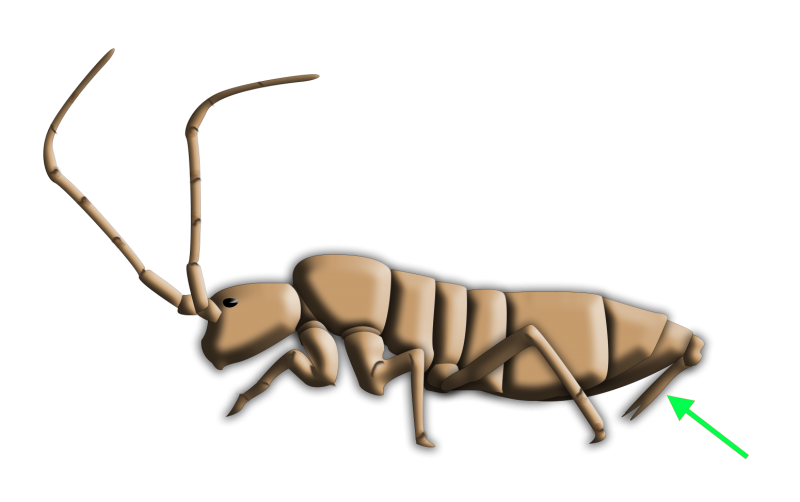Yesterday I was taking a walk with my boyfriend along the Boneyard Creek in Urbana, when he stopped dead in his tracks and said “What’s up with your prawn wall?” He’s from Ireland, so we routinely have moments where I need to ask for clarification about what he means, but just prior to that I’d taken him for the uniquely American (United States of) experience of shopping at Schnucks, where he’d stopped in his tracks and said “What is this wheel of prawns?” It was a shrimp platter, and I was immediately embarrassed that we don’t call it a wheel of prawns because that’s a thousand times better-sounding than shrimp platter. Anyway, I used this experience and my careful observation of the direction he was facing and also the direction he was literally pointing to discern the meaning of his prawn wall question. I immediately had the same question–why is so much of the surface area of the walls on either side of the creek covered in reliefs of what seem to be shrimp? The answer is both cool, and kind of gross.
The wall is an aesthetic element of the Boneyard area designed by Jack Mackie, who is an artist and urban planner. Seattle-based Mackie endeavors to make visible the smallest parts of a community by representing them in planning elements. An article I found on the City of Urbana’s website about the Boneyard Creek Improvements Project (published in 2012) explains: “The wall surfaces will feature images derived from botanical elements fundamental to the Creek’s ecosystem, including the seed shape of the Common Sedge Plant, an indigenous Prairie woodland creek-edge foundation plant, and the Springtail (Collembola), a very small hexapod that plays an integral role in creating the rich top soil of Champaign County.”

Graphic from Illinois Natural History Survey website.
The prawn wall is a Springtail wall. An Illinois Natural History Survey report taught me that “there are approximately 8,000 known species of springtails worldwide. As decomposers and nutrient recyclers, springtails are an important part of many ecosystems” (read more about them from that report here). They are tiny and plentiful–Wikipedia suggests “they are reputed to be one of the most abundant of all macroscopic animals, with estimates of 100,000 individuals per square meter of ground.” These little guys are not pretty (I used a graphic instead of a photo because they’re actually awful looking), but they are helpful, and research has concluded that they’re useful in indicating soil quality.
Weirdest fact I learned about them, also from Wikipedia (though well and properly cited) is that “it has been reported that springtails were used by the US army as a “six-legged weapon” in biological warfare performed during the Korean War…intended to serve as carriers of fatal diseases (anthrax, dysentery, cholera, small pox), dropped by airplanes above rebel villages.” So, that’s horrifying.
Any other weird design elements around C-U you or your out-of-town guests have noticed?
Top photo by Kevin Lynch








